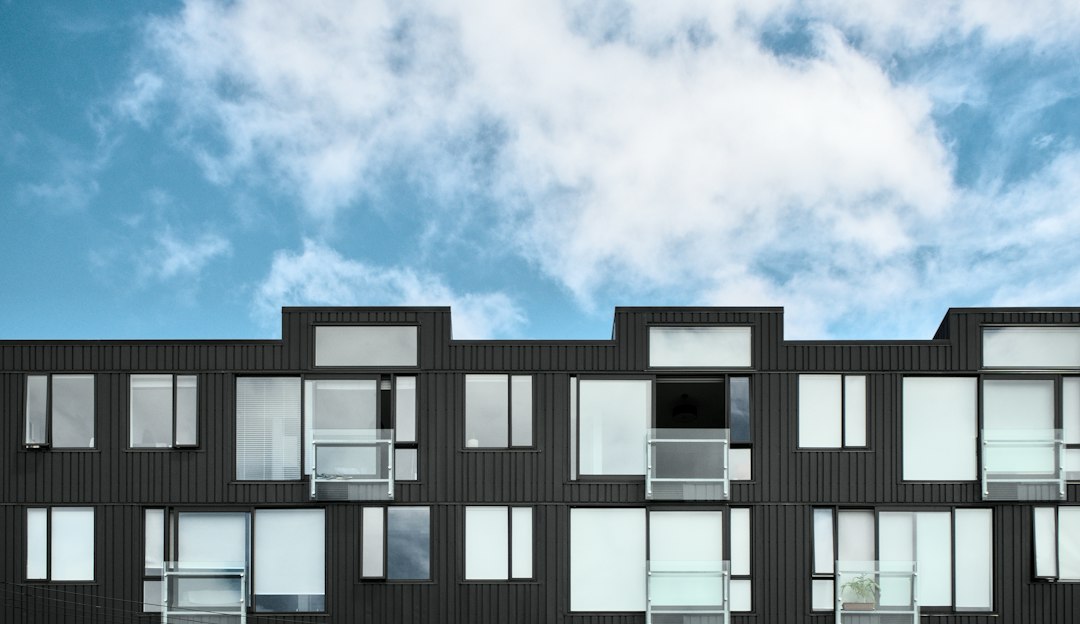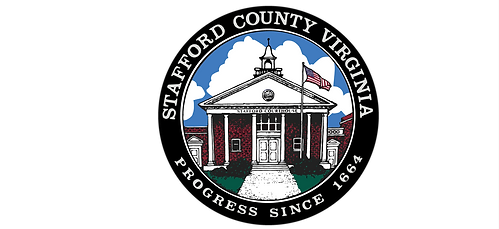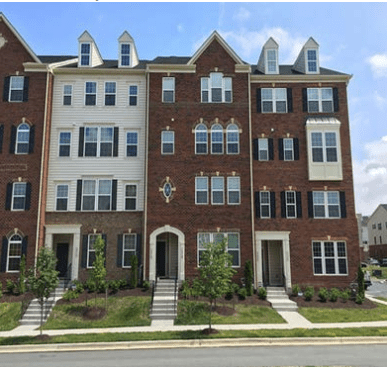
City Council’s approval of amendments to the unified development ordinance has sparked a debate over what the changes will mean. One resident weighs in in favor of density.
by Adam Lynch
GUEST CONTRIBUTOR
The January 22 opinion column titled “Will Increased Density Lead to Affordable Housing?” exhibited a number of factual errors, unsourced claims, and misleading arguments about housing costs in Fredericksburg.
I’d like to set the record straight and address some of the more questionable claims in this piece, one by one.
What City Council Actually Did
Let’s back up and review some facts. On January 23, eight months and five public hearings after unveiling its proposal, the Fredericksburg City Council voted unanimously to allow more apartments and townhomes to be built, under certain conditions, in certain commercial areas of the city.
This “density credit” is conditioned on the units being small, and with graduated levels of additional apartments and townhomes allowed if they’re sized under 600, 900, and 1,200 square feet.
Contrary to visions of bulldozing homes, the density credits only apply within a few limited commercial areas and do not affect any single-family residential neighborhoods.
Claim #1: Fredericksburg is “making housing more expensive” by allowing increased density
The claim that because buyers will pay a premium for new housing, new housing (of all types) actually raises prices. The author implies that we can keep housing prices down by simply not building anything new. Problem solved!
But there’s a gaping hole in this theory: lots of people want to live in Fredericksburg – far more than we can accommodate within our current housing stock. If we fail to build enough new housing to meet demand, we create a game of musical chairs where new buyers and renters compete with incumbent residents for a limited supply of homes. When the music stops, the wealthier buyer gets the house, and the middle-class buyer gets left out.
I checked Zillow’s forty-nine active rental listings in the city of Fredericksburg on January 31 and found that the median rental rates, broken down by home type, are roughly as follows. Apartment: $1,500/month. Townhome: $2,000/month. Single-family house: $2,500/month. Quite the savings!
It’s common sense: the more apartments and townhomes the city builds—especially the smaller ones City Council is promoting—the more affordable our housing stock will become.
Claim #2: More density = more taxes
The January 22 op-ed states that more homes “add more school-age children, which will drive up government costs, your taxes, and the cost of living in the city.”
Before we evaluate the accuracy of the claim, I take issue with this thinking on a moral level. It’s sickening to hear schoolchildren being described as a burden or a nuisance, especially when those children are from working-class backgrounds for whom education is a ladder to overcome challenging odds.
As a homeowner, a father, and a product of public schools, I am proud that my tax dollars go toward education. I want young people to be born, grow up and feel welcomed in the city of Fredericksburg, and I will gladly pay taxes to make that happen.
The claim is also factually wrong. New housing doesn’t put the City behind the financial eight ball, because we have a proffer policy. A proffer is a cash payment from a developer to the city, typically offered as a condition of a permit, which offsets costs to city services such as education and first responders.
The city’s proffer guidelines were passed in 2023 and deliver up to $17,000 per residential unit toward construction or expansion of our schools and fire stations. Last year’s Neon rezoning in Celebrate Virginia earned the city over $3.2 million in cash proffers.
The fact is that apartments and townhomes—especially “infill” buildings in existing neighborhoods—actually save the city tax money because they require less new infrastructure than the traditional large-lot subdivisions we see being built on vacant land. Apartments and townhomes require less water and sewer lines, less sidewalk, less asphalt and less stormwater retention. These qualities make smaller homes a great financial deal for the city because they provide tax revenue and minimize new capital obligations.
Claim #3: The “Citizens” Don’t Want New Housing
The op-ed’s flimsiest claim is that the “citizens made it clear last year, they don’t want [density] increased.”
Evidence suggests that the opposite is true. Exhibit A is this past November’s election for City Council. Councilor Matt Kelly campaigned vocally against dense development and finished dead last in the race despite his advantages in incumbency and name recognition.
The two winning candidates, Jannan Holmes and Will Mackintosh, ran on housing affordability and expressed an openness to increasing residential density to achieve that goal.
What the “citizens” made clear is that they expect action from their leaders on housing. These density reforms represent the will of the people. They are democracy in action.
What’s Next for Housing Affordability in Fredericksburg
While the new density credit is a great step forward, our city’s development code remains full of barriers to affordable housing. Regulations that mandate low density, large lot sizes, wide setbacks and excessive parking—many imposed over 50 years ago—remain a challenge to meeting our affordability goals.
We also need to work harder to create housing that is truly affordable from day one, through tactics such as density credits for housing that is kept permanently at levels accessible to middle- and low-income residents.
Much work remains to be done to reach true affordability in our housing market. But I applaud our City Council for staying on course and taking this important step.
Adam Lynch is a resident of Downtown Fredericksburg, member of the Fredericksburg Planning Commission and founder of Fifteen Minute Fredericksburg (Fred15). Fred15 is a grassroots organization dedicated to the vision of Fredericksburg as a 15 Minute City—a place where all residents can conveniently meet their everyday needs by foot, bike or public transit. Learn more by visiting www.fred15.org or by attending our upcoming Winter Happy Hour—February 12 at 5:30pm at Red Dragon Brewing (1419 Princess Anne St.)






Thank you. Informative.
Thanks for the editorial, Adam. I think the author of the column decrying density purposely confused the vocal minority with the majority opinion. Notably, the same author touted the Neon development in Celebrate Virginia. Here’s the deal: The vocal minority are fine with increased density, so long as it doesn’t occur near their homes downtown. I don’t think downtown Fredericksburg should be limited to well-off empty-nesters/families. We should promote diversity, to include diverse housing options. City Council’s vote won’t entirely solve the affordability problem, but it’s a step in the right direction.
Well said, Adam. To add to the discussion, I think it would be useful to drop the term “affordable housing” in favor of “workforce housing.” Fredericksburg and nearby parts of Stafford and Spotsylvania are replete with entire neighborhoods of modest homes that were built to house the workers of this region’s various industries. They are cohesive neighborhoods today and attract new investment as owners add on and refurbish to meet modern needs. Communities evolve, at least healthy ones do.